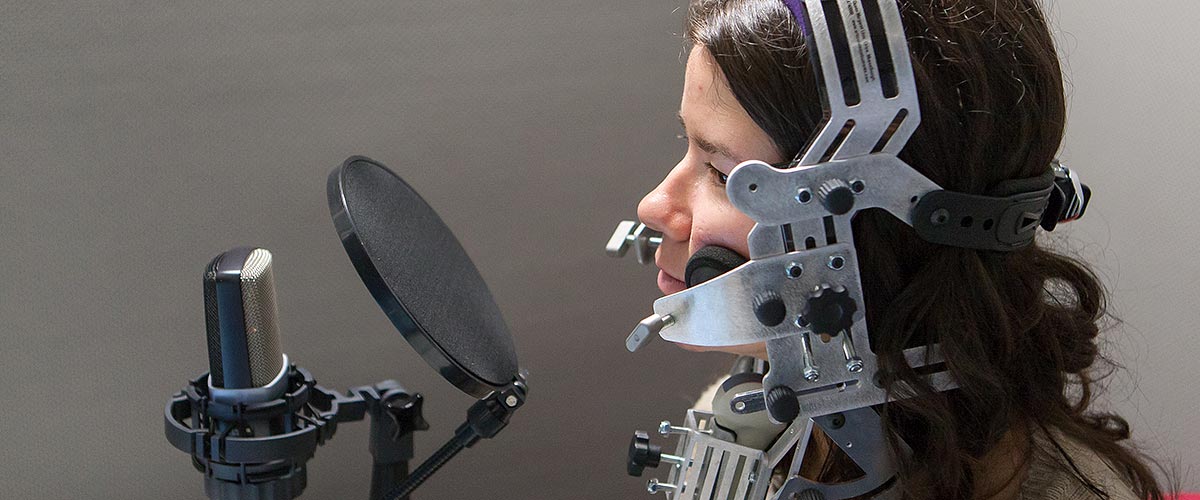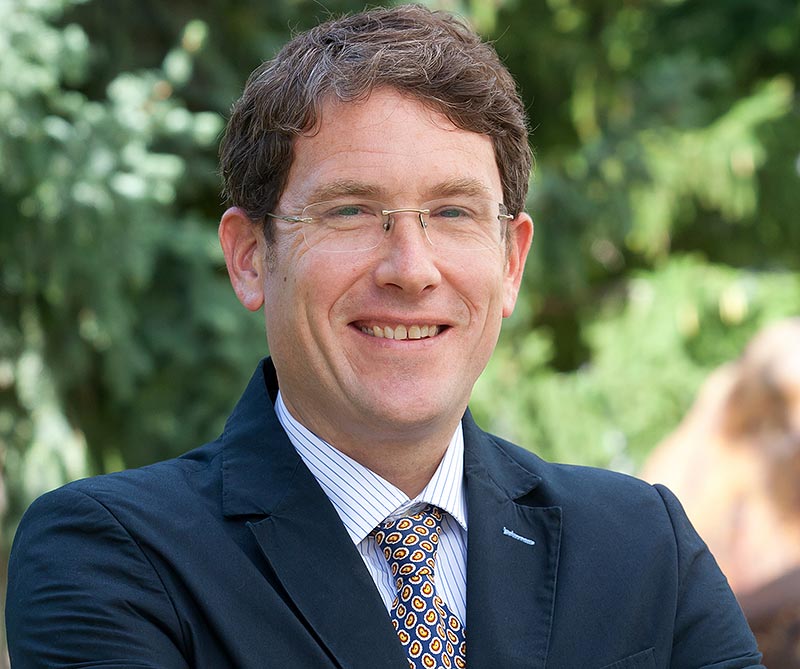laboratory of speech

presentation
Speech has several dimensions. At a minimum, we can say that language consists of a "mental" or "cognitive" dimension (or representation: i.e. we have the sounds, morphemes, words, Structures, etc. stored somewhere in our report) and a "mechanical" dimension, which is how the various articulators of the tract board member coordinate to convey the cognitive structure we have encoded in our heads. It is assumed that the cognitive Structures that underlies language (i.e., syllables, words, phrases, and intonational utterances) are embedded in the spatio-temporal coordination patterns of the tract board member , and that these two dimensions are part of the same complex integrated system. We know, for example, that the articulatory actions involved in producing a one-syllable attack in various languages are coordinated in a global manner (in-phase relation, 0o φ) relative to the following board member , while the articulatory action for a consonant at the end of a syllable is coordinated in a linear manner (out-of-phase relation, 180o φ) with the preceding board member . This is why native speakers of English can effortlessly discriminate the phrases 'I scream' and 'Ice cream'. Basically, the sounds are identical ([aɪskɹiːm]), but the way in which the cognitive structural representations are physically manifested as different spatio-temporal coordination relationships are different, and humans use these temporal cues to interpret and understand language.
The laboratory of Speech at the University of Navarra studies the mechanical level of speech as a sub-domain of the motor system and the relationship between the higher, cognitive level of language and the mechanical level, which is constrained not only by cognitive constraints but also by physical (force, mass, tension), aerodynamic (intraoral pressure and translingual flow) and biomechanical principles that regulate the timing of articulatory gestures. Using equipment that allows us to observe the movements of the tract board member and software that we can use to perform programs of study psycholinguistic speech perception, we conduct experiments that seek to discover (1) how continuous sounds, and the coordinated actions that produce sounds, are represented in cognition? (2) how the continuous movements of different autonomous parts of the tract board member are coordinated in time as dynamic units of action in a self-organising dynamical system, (3) how native and non-native speakers learn new patterns of inter-articulatory coordination, and (4) how statistical weighting of perceptual cues translates into tract action board member . At the core of our study is the concept of the articulatory "gesture", which is defined as a synergy of different autonomous muscle groups coordinating for the specific task of producing a sound. This approach focus on dynamical systems allows us to trace a clear path between the cognitive representation of the action of an articulatory gesture and the coordination of the tract board member using differential equations and non-linear mathematics.
We are especially interested in collecting data for Spanish and traditionally little studied languages, such as Swiss German, Luxembourgish, Romansh, Italo-Romance (such as Venetian) and Ibero-Romance languages (such as Valencian), as well as data related to the phonological development , especially in traditionally little studied groups, such as children with cochlear implants, children with autism and non-native speakers of various languages.
Our goal is to be an open space that welcomes researchers from all over the world to conduct research in one of our areas of interest, and we welcome proposals for new areas of research. If you are researcher and are interested in conducting a project of research at our laboratory, please do not hesitate to contact us at section for contact information provided on this page.
The speech laboratory is equipped with a state-of-the-art ultrasound scanner, Articulate Assistant™ Micro, which allows us to view and quantify the movements of the language and a motion capture camera to quantify the movement of the lips during speech. This machine is housed in a GAES™ dual sound attenuated sound booth with a professional microphone and audio recording equipment. For perception experiments, the laboratory has EPrime, which allows us to carry out speech and audio-visual perception experiments. We also have access to state-of-the-art aerodynamic equipment such as an electroglottograph and a phonographic aerodynamic system to record intraoral air pressure and translingual airflow, as well as an electropalatograph to record the contact of the language against the hard palate.
Contact
Dr. Mark Gibson
Director
mgibson@unav.es
laboratory del Habla
classroom 2050
2nd floor Central Building
31009 Pamplona, Spain
+34 948 42 56 00 Ext. 802381
30 | 07 | 2021
The University and the Eunate Association sign a agreement for the development of a project with children with cochlear implants.
ImagenManuel Castells
14 | 07 | 2020
A project of the School of Philosophy and Letters, funded by the Ministry of Science and Innovation to investigate the speech of children with hearing difficulties.
TextoMaría M. Orbegozo
ImagenManuel Castells
